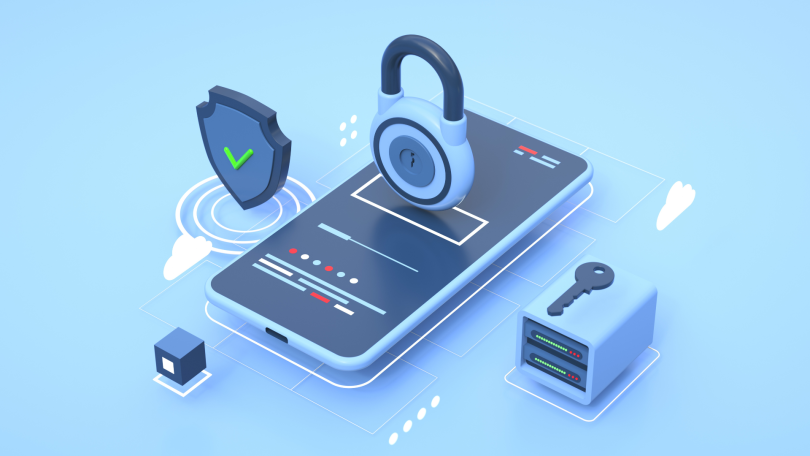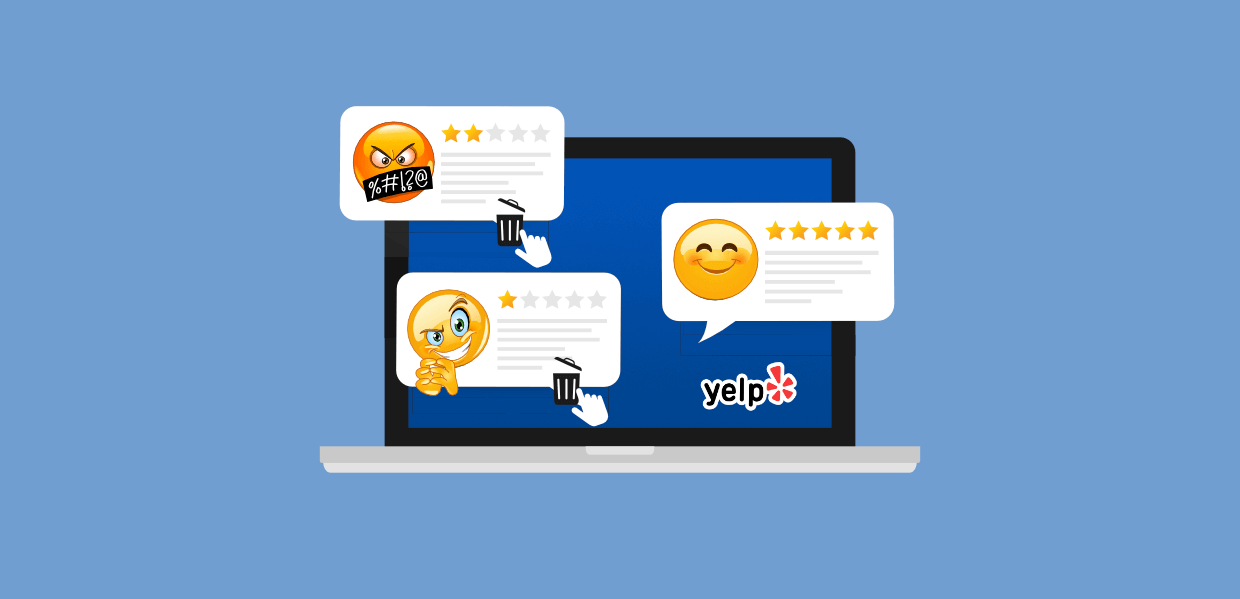iOS apps have become an essential part of our daily lives, shaping the way we interact, shop, bank, learn, and communicate. From mobile banking apps that manage our finances to social networking platforms that keep us connected, these applications provide convenience and efficiency at our fingertips. However, the rapid adoption of mobile technology has also introduced a growing array of cyber risks that cannot be ignored. Hackers are continuously developing new ways to exploit vulnerabilities, leading to threats such as data breaches, app tampering, unauthorized access, and malware attacks. A single security lapse can compromise sensitive user information, result in financial losses, and even damage the reputation of the company behind the app. Therefore, ensuring the safety and integrity of an iOS application is no longer optional, it is a critical business necessity. This is where ios app security solutions come into play, providing advanced protection mechanisms that safeguard apps against evolving threats, maintain user trust, and ensure that both business and customer data remain secure at all times.
Understanding the Threat Landscape for iOS Apps
iOS apps are generally considered more secure than some other platforms, thanks to Apple’s strict app store policies and sandboxing techniques. However, developers and businesses should not rely solely on these built-in protections. Threats like code injection, reverse engineering, malware, and fraudulent activity are constantly evolving. For instance, attackers may attempt to access sensitive financial data in a banking app or distribute pirated content from a streaming platform. Recognizing these risks is the first step toward safeguarding your app and its users.
Why Standard Security Isn’t Enough
Many developers assume that standard Apple protections, such as App Store review and encryption, are sufficient. While these measures provide a solid foundation, sophisticated attacks can bypass them. Hackers can manipulate app logic, inject malicious code, or exploit runtime vulnerabilities to steal information. Without proactive security measures, even apps that follow standard guidelines remain vulnerable. By implementing iOS app security solutions, you add layers of protection that actively defend against emerging threats.
Core Features of Effective iOS App Security
Modern iOS app security tools offer multiple layers of defense to minimize risks. Here are some of the most critical features:
1. Runtime Application Self-Protection (RASP)
RASP works inside the app, monitoring its behavior in real-time. It detects malicious activities such as code tampering or unusual API calls and can respond automatically to threats. Unlike traditional firewalls or antivirus solutions, RASP doesn’t rely solely on external monitoring—it actively protects the app while it runs.
2. Code Obfuscation and Encryption
Attackers often reverse-engineer apps to discover vulnerabilities. Code obfuscation and encryption make it significantly harder for unauthorized users to analyze or manipulate your app’s code. This approach protects intellectual property and prevents unauthorized modifications.
3. Fraud Detection and Anti-Tampering Mechanisms
Fraud detection systems track suspicious patterns, such as repeated login attempts or abnormal transaction behaviors. Combined with anti-tampering mechanisms, these tools prevent attackers from modifying app logic to commit fraud or bypass security protocols.
4. Secure APIs and Data Transmission
Many breaches occur during data transmission between the app and backend servers. Secure APIs, along with encryption protocols like SSL/TLS, ensure that sensitive user data, including personal information and payment details, remains safe from interception.
Benefits of Implementing iOS App Security Tools
Investing in iOS app security solutions provides tangible benefits for both businesses and end-users:
- Enhanced User Trust: Users feel confident when their personal data is protected. Apps with strong security measures attract and retain customers more effectively.
- Compliance with Regulations: Industries like finance, healthcare, and e-commerce require strict compliance with data protection regulations. Security tools help meet these standards.
- Prevention of Financial Losses: Security breaches can lead to direct financial losses and legal penalties. Proactive protection minimizes this risk.
- Brand Protection: A security incident can damage a company’s reputation. Effective app security ensures that users associate your brand with reliability and safety.
Practical Steps to Strengthen iOS App Security
Beyond investing in specialized tools, developers can adopt practical strategies to fortify their apps:
1. Regular Security Audits
Conducting regular audits helps identify vulnerabilities before attackers exploit them. Security assessments should include penetration testing, vulnerability scanning, and code reviews.
2. Secure Development Practices
From the initial design stage, developers should integrate security best practices. This includes input validation, proper authentication protocols, and secure session management.
3. Update and Patch Frequently
iOS updates and patches often address known vulnerabilities. Keeping apps up-to-date ensures that new threats are mitigated promptly.
4. Educate Users
End-users play a role in app security. Educating them about strong passwords, recognizing phishing attempts, and updating the app regularly adds another layer of defense.
Case Example: Safeguarding a Fintech App
Consider a fintech company launching a new iOS app for mobile banking. The app handles sensitive financial transactions, so protecting it is critical. By implementing RASP, code obfuscation, and real-time fraud detection, the company can prevent hackers from manipulating transaction data or accessing personal information. Secure APIs ensure that all communication between the app and servers remains encrypted, while regular security audits detect potential vulnerabilities. The result is a highly secure, trustworthy app that reassures customers and strengthens brand credibility.
Future Trends in iOS App Security
The security landscape is evolving rapidly, and developers must stay ahead. Emerging trends include:
- AI-Powered Threat Detection: Using artificial intelligence to detect unusual app behavior in real time.
- Behavioral Biometrics: Adding layers of authentication based on user behavior patterns.
- Integrated Multi-DRM Solutions: Protecting digital content in apps such as streaming or educational platforms.
- Cloud-Based Security Services: Offering scalable protection without heavy local infrastructure.
By embracing these innovations, businesses can proactively minimize risks and prevent breaches more effectively.
Conclusion
As iOS apps become increasingly integral to everyday life, securing them is no longer optional, it’s essential. From protecting sensitive user data to maintaining brand reputation, iOS app security solutions provide the tools necessary to defend against evolving threats. Implementing a combination of runtime protection, encryption, fraud detection, and best development practices ensures your app stays resilient in a cyber-risk landscape.
For businesses seeking guidance on advanced iOS app protection, exploring platforms like doverunner can provide comprehensive security strategies, helping developers build safer, more reliable apps that users can trust.









